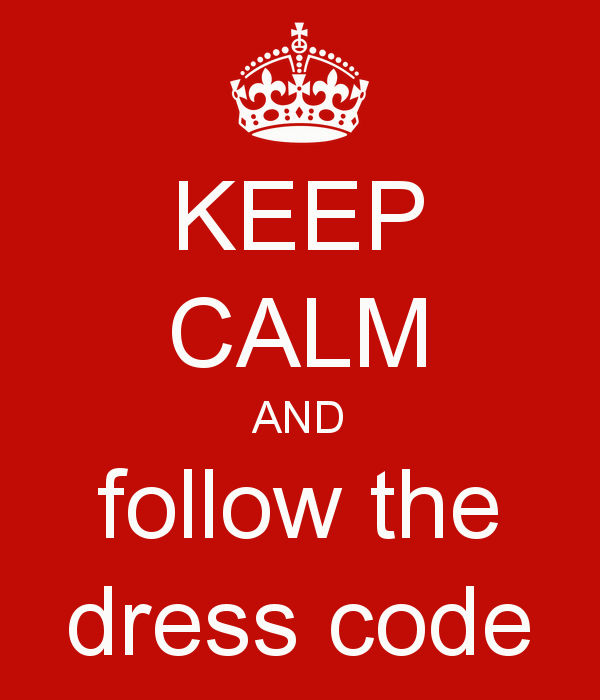 What kind of dress code should you have? The answer to that question may come down to the kind of company culture you have or want to have.
What kind of dress code should you have? The answer to that question may come down to the kind of company culture you have or want to have.
There’s no universally-applicable dress code for successful businesses, and what works fabulously in one office may prove distracting in the next. Some employers avoid restrictive dress codes because they can negatively affect morale and may drive away impressive job candidates. Other employers prefer a strict dress code to maintain a certain company image.
Whatever your situation, it is recommended that you have a written policy that explains your expectations. These expectations may be specific or general, depending on your needs. If you anticipate questions from employees about what they can wear (i.e., jeans, shorts, or sandals), it may be worth mentioning them in your policy.
Tattoos and Piercings
If you’re concerned about visible tattoos or body piercings conflicting with your organization’s image, you may prohibit them entirely or you may simply prohibit those that are offensive, distracting, inappropriate, or over a certain size. Your policy could also be something general like “Tattoos and piercings must be appropriate and in keeping with a professional image.” What qualifies as appropriate should be determined by the top brass.
However, your policy and practice must allow for religious accommodations. Some religions do not permit the covering of tattoos or other religious items, and you should be prepared to make exceptions.
Facial Hair and Man Buns
It is legal to have an across-the-board policy that facial hair is not permitted or must be well-trimmed. However, some disabilities preclude people from being able to shave regularly, and there are also some religious traditions with closely held beliefs regarding facial hair. If an employee indicates an objection to your policy based on a verifiable disability or religious belief, you will almost certainly need to make an exception. While an accommodation can, in theory, be refused if it creates an undue burden, that standard is very high and hard to meet. For companies with dress codes, those undue burdens are usually related to legitimate safety, health, or security concerns.
The same holds true for hair length. While your dress code may specify that hair length on men may not pass a certain length, we strongly recommend you consider a policy that simply requires hair to be pulled back and neatly groomed. Our best practice recommendation is to make dress codes gender neutral to avoid employees feeling that they are being treated disparately.
Conclusion
Have a written dress code policy that fits with your company culture and image, but be sure to make exceptions or accommodations if they’re appropriate.
Should you have any additional questions regarding this or other employee topics, contact CyQuest today!
